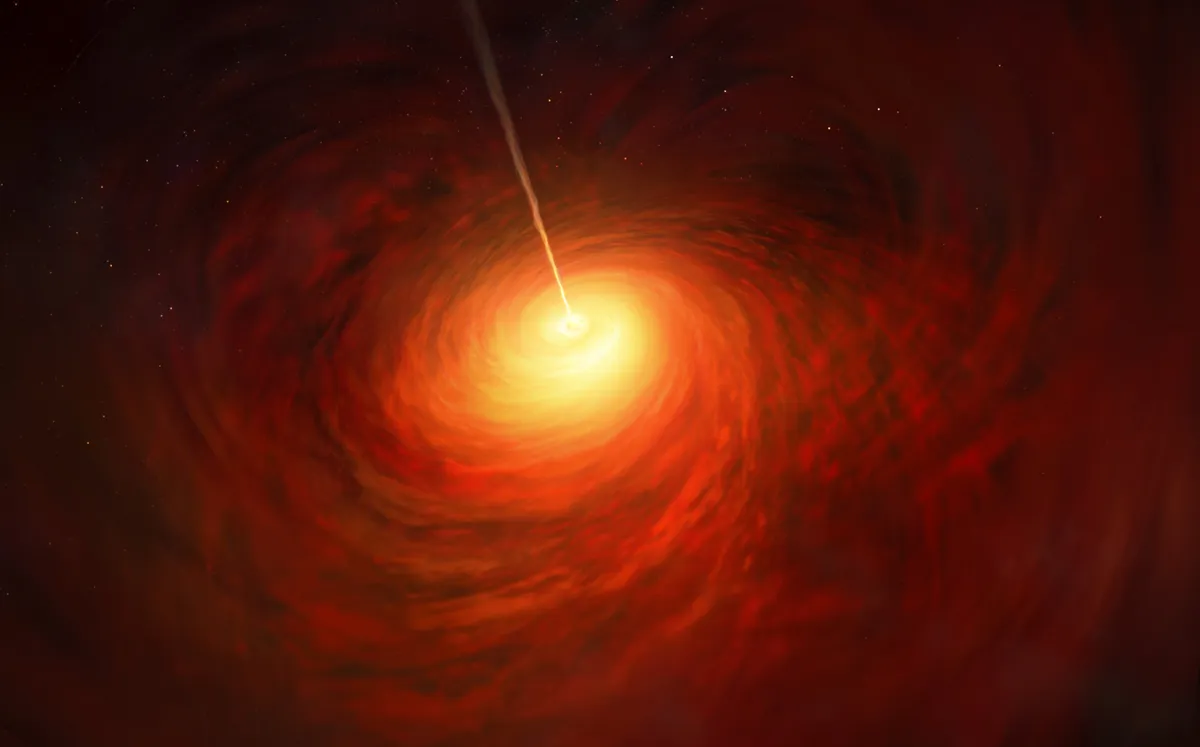Astronomers have captured a new image of the black hole at the centre of galaxy M87 in polarised light, revealing the effects of the black hole's magnetic field for the first time.
In April 2019, a team of astronomers known as the Event Horizon Telescope collaboration revealed to the world the first ever image of a black hole, located 55 million lightyears away in a galaxy called M87.
New research has allowed the team to measure the polarisation of light at the black hole, which is a signature of powerful magnetic fields, and could reveal how the black hole launches energetic jets into space.

Light is polarised when it passes through certain filters, like the lenses of polarised sunglasses. But it also happens when light travels through hot regions in space where magnetic fields are located.
This polarisation helps astronomers refine what they can observe in the region around the black hole, but also allows them to map the magnetic field lines.
One key area this could help with is understanding the processes by which black holes launch powerful jets of matter into space.
Understanding black hole jets
Black holes have a reputation for being cosmic vacuum cleaners, but this is not strictly true. As matter falls into black holes, it heats up, and some surrounding material is expelled far into space in the form of jets.
Bright jets from M87's core are known to expand at least 5,000 lightyears into space. Astronomers still don't know exactly how this occurs, but the image of M87 and the new study of light polarisation could help.
The team have been able to study the region just outside the black hole where matter is both flowing in and being ejected out.
They found that theoretical models incorporating strongly magnetised gas were able to explain what was happening.

"The observations suggest that the magnetic fields at the black hole’s edge are strong enough to push back on the hot gas and help it resist gravity’s pull," says Jason Dexter, Assistant Professor at the University of Colorado Boulder, US, and Coordinator of the EHT Theory Working Group.
"Only the gas that slips through the field can spiral inwards to the event horizon."
"The newly published polarised images are key to understanding how the magnetic field allows the black hole to 'eat' matter and launch powerful jets," says EHT collaboration member Andrew Chael, a NASA Hubble Fellow at the Princeton Center for Theoretical Science.
"We expect future EHT observations to reveal more accurately the magnetic field structure around the black hole and to tell us more about the physics of the hot gas in this region," says EHT collaboration member Jongho Park at the Academia Sinica Institute of Astronomy and Astrophysics in Taipei.
